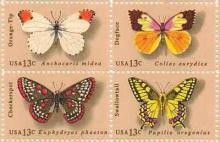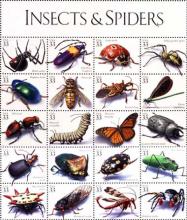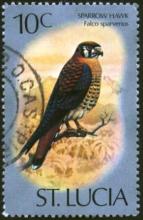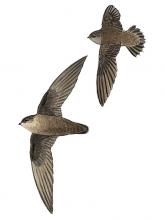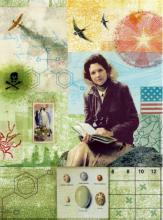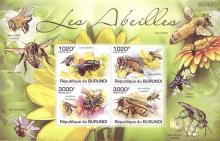Communities in the cotton-growing region of north western New South Wales are calling for a review of pesticides used by the industry and their potential impacts on health
Locals in Boggabilla are reporting a rise in cancer-related deaths and disorders. Families like the Munro family are calling for a government task-force into chemicals and pesticides used in the region. "We have possibly over 20 Aboriginal families here in Moree with Spina Bifida children. We have I would suggest the same amount in numbers with Cerebral Palsy children - the autistic rate I think there's 9-10 Aboriginal families with autistic children," said local Lyall Munro. No one really knows what's causing the rising number of complications connected with cancer including breast removals. Lyall Munro claims around 60 deaths a year in the Aboriginal community of Moree alone are cancer-related. He says the common link between the deaths is that most people have worked in the cotton industry.


